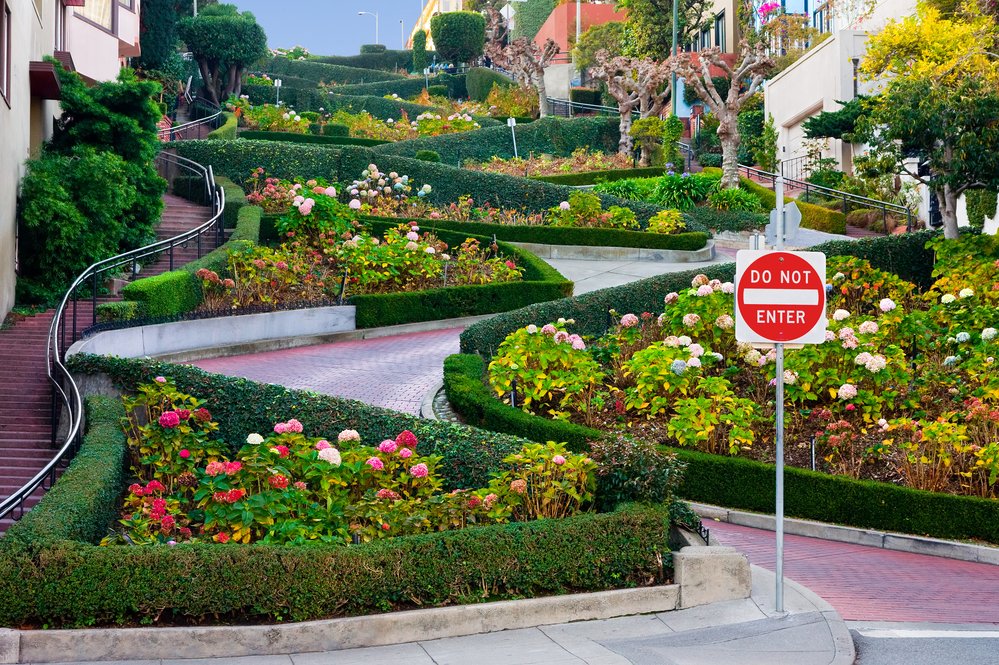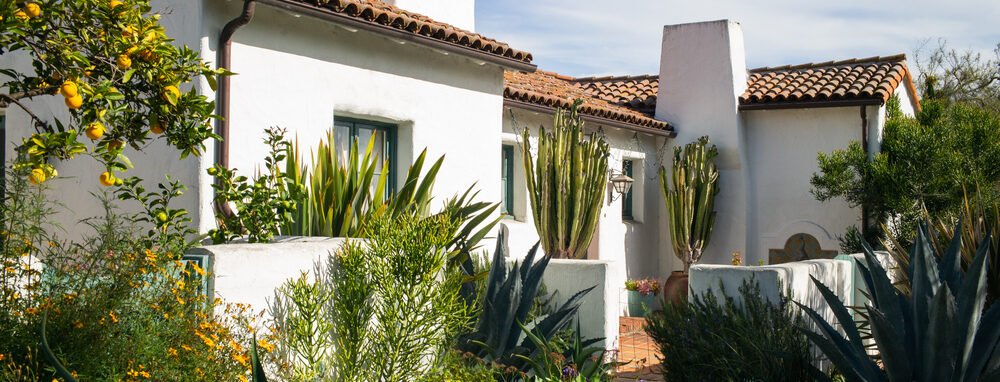7 Things to Know About Landscaping in California Climates
Get ready to spend more time enjoying your outdoor space with family and friends during National Gardening Month with these tips from Northview Landscaping!
California may be known elsewhere as the “Golden State” and evoke images of sunny beaches and redwood groves, but it’s far more than that.
If you’ve lived in Northern California long enough, you already know that a day at the beach in Sonoma County is not quite like a one in, say, Malibu. And a summer afternoon in Cloverdale is probably going to be far different than the same afternoon in Bodega!
Just How Many Climates Does California Have?
That’s an interesting question and the real answer is it depends on who’s counting.
According to information in the Atlas of the Biodiversity of California,
“California is one of the few places where five major climate types occur in close proximity. Here, the Desert, Cool Interior, Highland, and Steppe climates border a smaller region of Mediterranean climate.”
However, the folks at California Energy Commission have taken things a bit further,
“California has a diversity of climates not seen in other states, and the statewide provisions adopted into the California Energy Code accounts for these variations using a set of sixteen climate zones.”
And, just to make things a bit more interesting, Sonoma County has a total of three distinct “climatic zones” interlaced through its geography. These are known as Marine, Coastal Cool, and Coastal Warm zones.
But wait… it gets better!
Several microclimates also exist, especially near the borders of the three major zones. These microclimates are usually designated by elevation, air drainage, proximity to mountain peaks, and sun exposure, according to UC Davis.
So, what does all this mean for landscaping? Knowing and understanding the primary climate of your landscape’s location is critical to successful landscape design.
7 Tips for Landscaping in California Climates
While the overall, primary climate designations for Sonoma County are USDA Hardiness Zones 9a, 9b and 10a, it can be a bit tricky to determine what zone your site lies in.
Once you’ve settled that, you can begin to “dial in” on the types of plants your landscape can support.
Here are some things to know about landscaping in our local California climates:
One:
With its three major climate zones – coastal marine, coastal cool, and coastal warm – there are a large number and variety of plants that can be grown here.
Two:
Plants that do best here are indigenous, or native, species. These can be found through the National Wildlife Federation’s “Native Plant Finder” tool here.
Three:
Sonoma County has an ideal long growing season, with mostly sunny days and almost no rain from May through September. Summer average high temperatures range from the 70s to the low 90s, and mostly cool evening temperatures in the 40s and low 50s. Frost and freezing are rare.
Four:
A cooling maritime influence provided by the Pacific Ocean brings cool air through the Petaluma Gap, Russian River, and San Pablo Bay entry points. These airflows cool the western and southern regions of Sonoma County and, in the summer, the daily fog patterns are ideal for cool-climate plant varieties.
Five:
Sonoma County has more soil types than are found in the entire country of France. There are 11 major formation types, 31 different soil series within those types, and innumerable permutations within each series.
Six:
Select plants that are suggested for your specific Sunset climate zone. Sunset zones encompass smaller, more distinct climatic areas than U.S. Department of Agriculture (USDA) plant hardiness zones, which are referenced on plant tags and in many gardening publications. (UCANR)
Seven:
Ideal landscapes in any California climate will be sustainable, which means landscape “maintenance practices that reduce water waste, protect water quality, nurture soil, recycle organic matter, incorporate integrated pest management (IPM), protect and encourage desirable wildlife, and conserve energy.”
In addition to these California climate landscaping tips, another critical consideration for landscape design is fire hardening.
According to the CalFire website, ReadyForFire.org, a “fire-resistant” landscape is preferable,
“Fire-resistant landscaping isn’t necessarily the same thing as a well-maintained yard. This type of landscaping uses fire-resistant plants that are strategically planted to resist the spread of fire to your home.
The good news is that you don’t need to spend a lot of money to make your landscape fire-resistant. And fire-resistant landscaping can increase your property value and conserve water while beautifying your home.”
Here is a list of valuable resources to help with your fire-resistant and fire hardening landscape design:
Planning Your Landscape and Garden Design?
If you are looking to start on or improve your existing outdoor space, you should have a plan. So, don’t hesitate to contact us for your garden and landscape needs.
We know that creating the best use of your available space is important to you and we’re here to answer any questions you might have about getting started on your garden or landscape design for a California climate.


